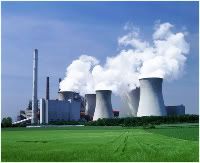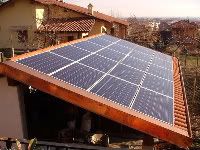How Clean Is Nuclear Power?
True to form, Glenn Doty writes a thorough and quite helpful comment on my piece about measuring the increase in the use of renewable energy. He closes with two ideas on which I would like to comment in return:
1) Of course, natural gas is far better than coal, and slightly worse than nuclear.
Personally, I think it’s impossible to put nuclear on a scale of “goodness” or “badness,” because we are incapable of knowing its implications to our health and safety. I’ll go out on a limb here and guess you haven’t polled the people living around Fukushima, Chernobyl, and Three Mile Island. And what might the future bring? More operational disasters? Catastrophes with handling nuclear waste? Rogue states with small dirty nuclear weapons? It’s impossible to predict, but it can’t be good.
2) At least coal power is plummeting. That’s good any way you wish to calculate anything.
Amen, my friend.






 Question: How many industrial chemicals are in use right now?
Question: How many industrial chemicals are in use right now?